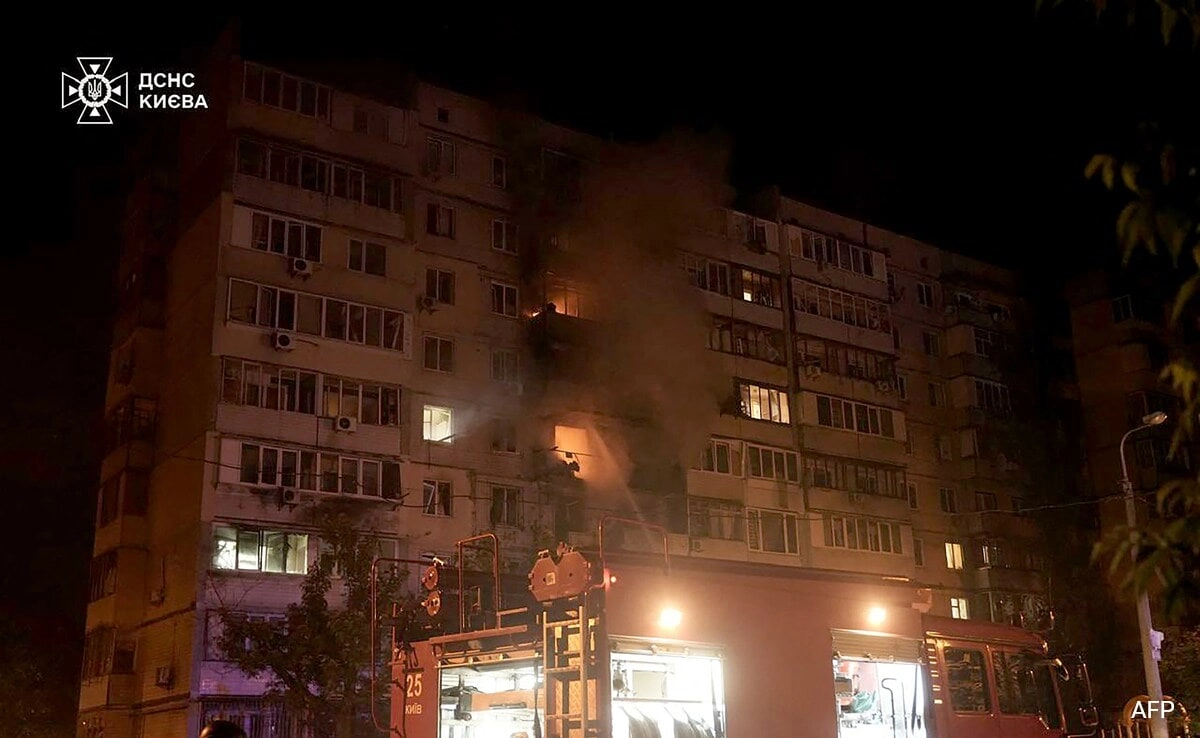The Supreme Court’s recent deliberation on the issue of stray dogs in Delhi has garnered significant attention, especially as it reserves its decision on the matter. This development comes in the wake of mounting concerns regarding the increasing population of stray dogs in the capital, which has led to a series of incidents involving dog bites and public safety. The complexity of the issue has prompted the Court to carefully consider various factors, including animal rights, public safety, and the responsibilities of local authorities in managing stray populations. The Court’s previous order, which laid down critical guidelines for addressing the situation, serves as a foundation for its ongoing discussions.
In its earlier ruling, the Supreme Court emphasized the need for a balanced approach that respects the rights of animals while also ensuring the safety of citizens. The Court highlighted the importance of humane treatment and management of stray dogs, urging municipal authorities to implement effective sterilization and vaccination programs. These measures are intended not only to control the stray population but also to mitigate health risks associated with rabies and other diseases transmitted by dogs. Furthermore, the Court underscored the necessity for local government bodies to engage with communities in developing solutions that are both practical and compassionate.
The Supreme Court’s decision is particularly significant given the diverse opinions on how to handle the stray dog situation. Advocates for animal rights argue that strays should not be harmed and that humane strategies, such as adoption and rehabilitation, should be prioritized. On the other hand, residents affected by aggressive stray dog behavior call for more immediate action to address safety concerns. The Court’s careful consideration of these competing interests reflects the complexity of the issue and the need for a nuanced solution that addresses the concerns of all stakeholders involved.
As the Court reserves its decision, it is clear that the outcome will have far-reaching implications for both the welfare of stray animals and the safety of Delhi’s residents. The ongoing discussions signal a recognition of the urgent need to find a sustainable balance that addresses the stray dog population while also ensuring the protection of public health. The Court’s eventual ruling will likely set important precedents for how similar issues are handled in urban areas across India, making this a pivotal moment in the broader conversation about animal rights and public safety.




